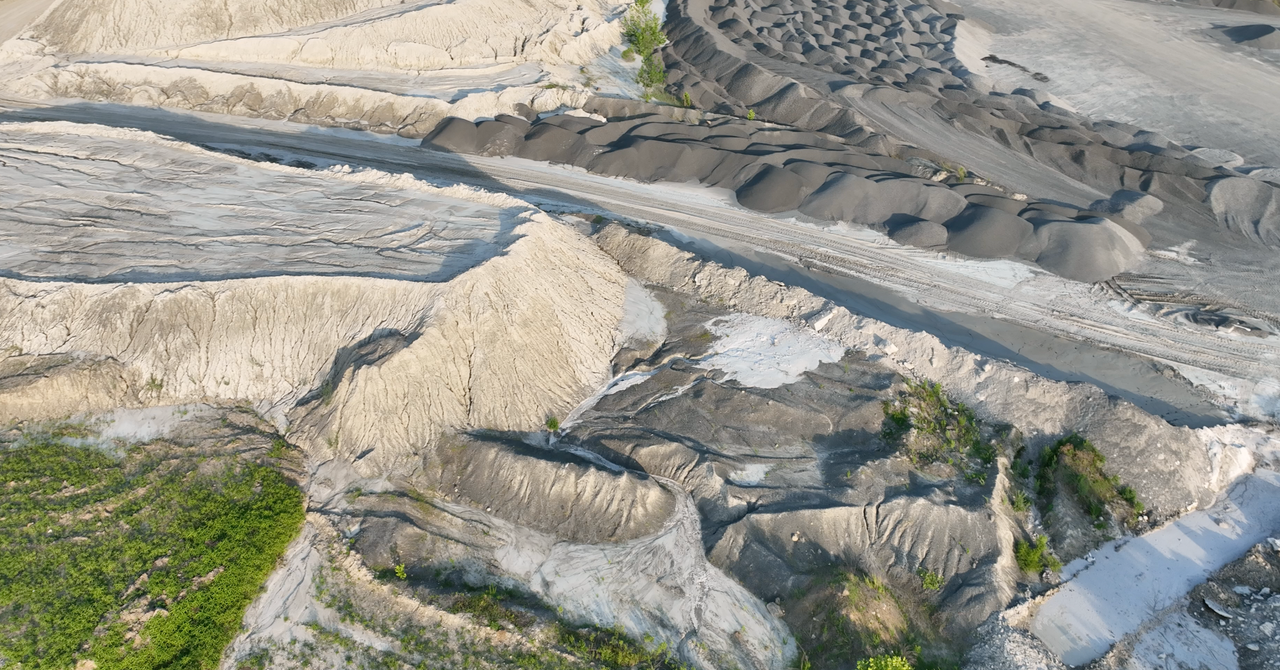
Can rock dust wash away carbon emissions?
Carbon dioxide sequestration through crushed rock: Telling companies how much it is taken, stored, and used to improve their soils: A case study of Frontier
Stripe, Alphabet, Shopify, and a slew of other companies plan to spend more than $57 million cumulatively to fight climate change by spreading crushed rock over farmland.
The aim is to use rocks’ natural ability to absorb carbon dioxide, which might sound low-tech, but speeding up the process and finding a way to reliably measure how much CO2 is sequestered has proven pretty hard. It is a tactic for trapping carbon dioxide that has been studied for decades, but lags behind other emerging technologies in moving to commercialization.
The carbon removal purchase is the largest yet by Frontier, which was formed last year with nearly $1 billion from its tech-dominated members. Many of those companies, which include Meta, Alphabet, and payments processor Stripe, which owns Frontier, have made climate pledges that require not only reducing the emissions from their operations and supply chains but also “negative emissions”—sucking up carbon from the atmosphere to cancel out other emissions.
Then comes the really hard part: Lithos has to be able to tell companies how much carbon dioxide has been captured and safely stored. The company says it does this by taking soil samples, monitoring the chemical composition of the soil as a way to judge how much CO2 was removed. It’s a process that grew out of research at Yale University.
Mary Yap has spent the last year and a half trying to get farmers to fall in love with basalt. The volcanic rock can make the soil less acidic because it contains tons of vitamins and minerals. In that way it’s like limestone, which farmers often use to improve their soil. It is less familiar and is a little more difficult to apply. But basalt also comes with an important side benefit: It can naturally capture carbon from the atmosphere. Yap wants to demonstrate that the natural weathering process can be scaled up to make a difference to the climate. Yap says getting farmers to want to do this is the problem.
Farmers can use crushed basalt to manage the pH balance of the soil by spreading the basalt across their fields. The carbon dioxide in the air is trapped by the basalt as a bicarbonate. Eventually, the bicarbonate moves through water to the sea where it will be stored for a long time.
It’s crucial to get this part right, not only to assure that companies are getting what they pay for but also to show that they’re actually combating climate change
Data shared by the company in a pre-print study essentially show “an absolute maximum estimate of what can be, and the reality unfortunately is much more complicated,” he added. Namely, there’s a risk of overestimating how much carbon dioxide has been sequestered when not fully accounting for how fertilizers in the soil affect the process.
Enhanced Weathering and Climate Change: A Case Study of Yap’s Land Purchase and the Frontier Impact on CO2 Abundance in the US
Enhanced weathering has other possible side effects that may be avoided. Flooding an area if it has too much bicarbonate can have detrimental effects on the environment. The environmental footprint of mining needs to be taken into account as well. The waste material from the quarries can be used to minimize the impacts. At farms, it’ll also be important to make sure the dust doesn’t get airborne and affect air quality.
But if all those challenges can be overcome, Jagoutz is optimistic about the future of enhanced weathering as a strategy for fighting climate change. He thinks it is beneficial for people to try new methods and go to the field with new ideas.
Environmental advocates are concerned that companies are paying to take carbon dioxide out of the air instead of trying to prevent fossil fuel emissions.
Yap’s venture, Lithos Carbon, got a $57.1 million boost for its quest to turn basalt dust into a viable climate solution. It came from Frontier, a benefit corporation backed by a consortium of companies aiming to finance promising approaches to carbon dioxide removal, or CDR. By sprinkling basalt dust on thousands of acres of US farmland, Lithos will be able to soak up 154,000 tons of CO2 by the year 2028. The average car emits approximately 4 tons of CO2 each year in the US.
Frontier says this is the first offtake agreement of its kind. The costs of sequestering 154,000 tons of CO2 by the year 2028 are equivalent to taking 34,000 cars off the road. Breaking down to roughly $370 per ton of CO2 removed, it’s still costly but notably cheaper than new industrial plants being built to filter the greenhouse gas out of the air for around $600 a ton.
It has been more difficult to prove out that accounting trick on paper. Many companies would have once turned to buying carbon offsets from activities like protecting forests that would otherwise be felled. Some people have tried to move away from the scandal-plagued approaches and into more durable techniques for carbon removal.
The Lithos purchase is one of those larger deals. It charges $370 a ton for carbon removal and just a quarter of that will be spent on field monitoring and models to verify the amount of carbon being sequestered. Ransohoff says that Frontier believes Lithos is on a path to getting to its goal of seeing business remove CO2 for less than $100 per ton, and at a rate of at least a half a billion tons per year.
Yap says that the strategy benefits from piggybacking on things that humans already do. That’s in contrast with techniques like direct air capture, which involves building industrial plants that suck out carbon from the atmosphere. It’s easy to measure carbon removed that way—it’s all captured there onsite—but critics say it will be difficult to scale up because removing enough carbon to make a difference will require thousands of dedicate, resource-intensive facilities.

